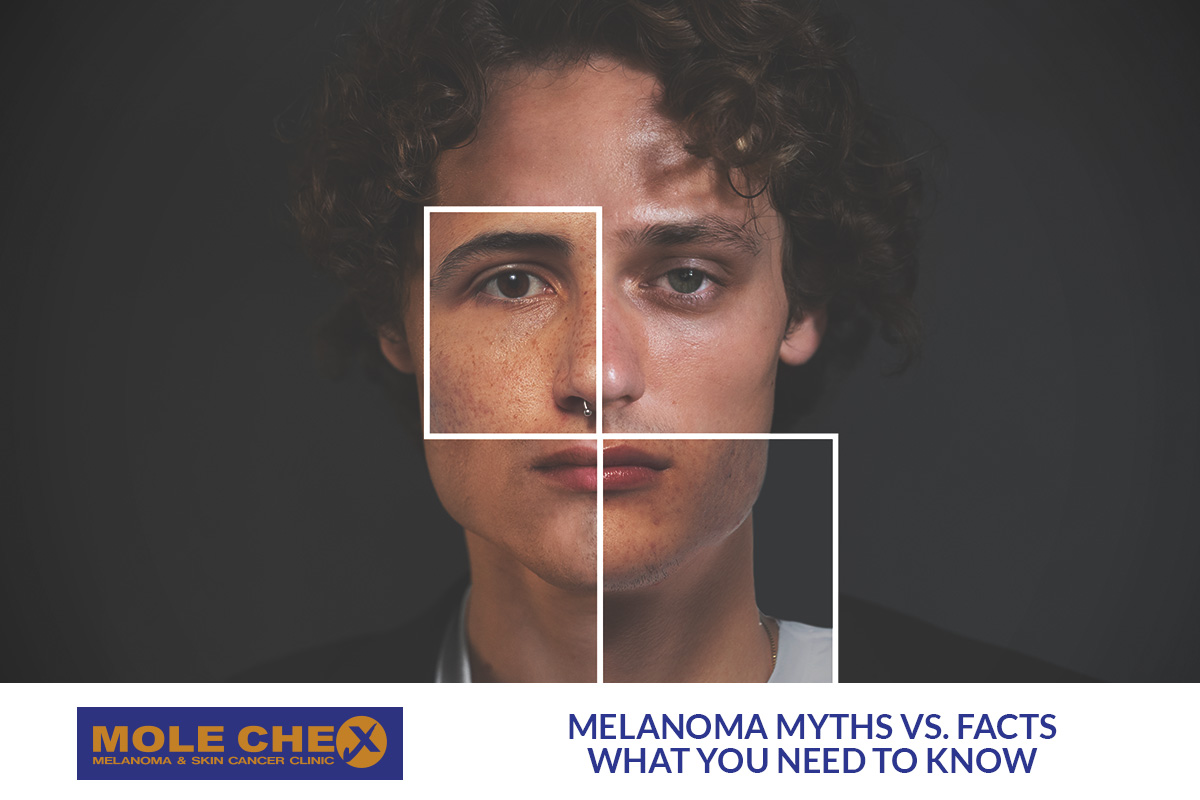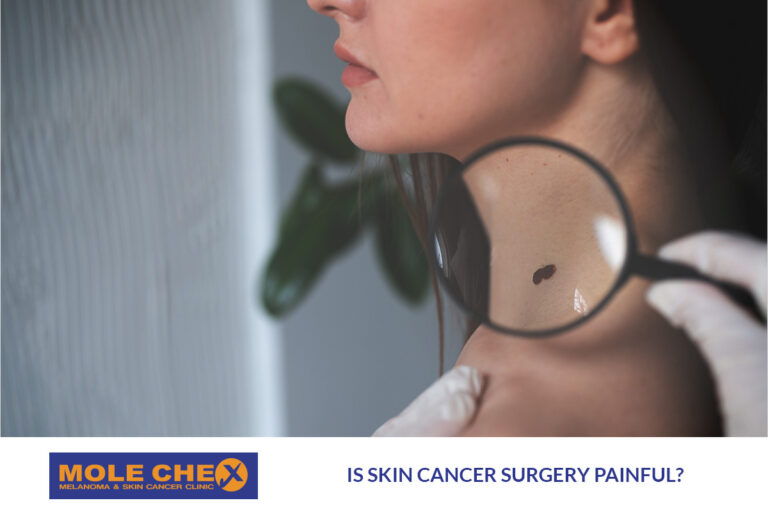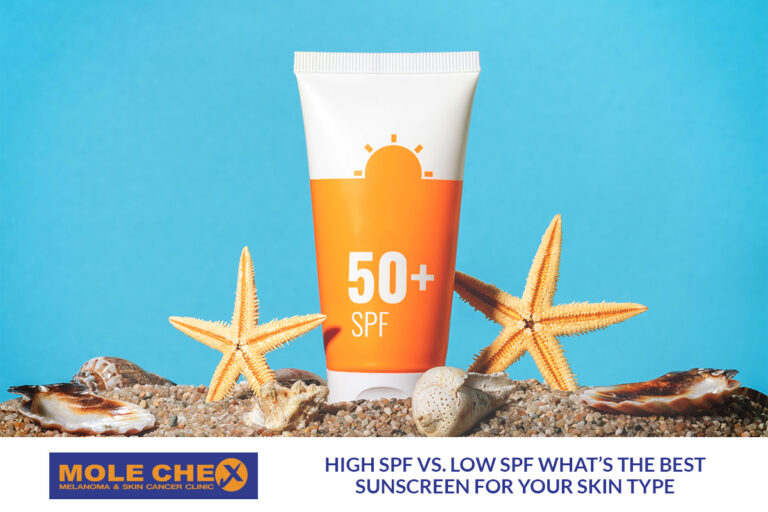Melanoma Myths vs. Facts: What You Need to Know

Did you know? Melanoma, the most serious type of skin cancer, arises from the pigment-producing cells known as melanocytes. These melanocytes gives color to the skin. Despite increased awareness and advances in detection and treatment, misconceptions about melanoma persist, potentially hindering early diagnosis and effective treatment. This article aims to dispel common myths and present the facts about melanoma, providing essential knowledge to enhance prevention, detection, and treatment outcomes.
Myth 1: Melanoma Only Occurs in Sun-Exposed Areas
Fact: While it’s true that UV exposure (from the sun or tanning beds) significantly increases the risk of developing melanoma, this type of cancer can also appear in areas not typically exposed to the sun. Melanoma can develop on the palms, soles, under the nails, and even in mucous membranes like the mouth or genitals.
Myth 2: Only People with Fair Skin Get Melanoma
Fact: Although individuals with fair skin, light hair, and light eyes are at a higher risk, melanoma does not discriminate by skin color. People with all skin types can develop melanoma, and in individuals with darker skin, it may often appear on the palms, soles of the feet, or under the nails. This misconception can lead to delayed diagnoses in darker-skinned individuals.
Myth 3: A Tan Protects You from Skin Cancer
Fact: A common misconception is that a base tan can act as a protective layer against sunburn or skin cancer. However, any tan is a sign of skin damage, as it results from the skin’s response to UV damage to the DNA in skin cells. This damage can increase the risk of skin cancer, including melanoma.
Myth 4: Melanoma Isn’t Treatable
Fact: Melanoma is indeed one of the most dangerous forms of skin cancer, but when detected early, it can often be treated successfully. The survival rate for melanoma that is detected and treated before it spreads to the lymph nodes is significantly high. Advances in treatment, including targeted therapies and immunotherapies, have also improved outcomes for advanced melanoma.
Myth 5: SPF 15 Sunscreen is Enough for All-Day Protection
Fact: SPF (Sun Protection Factor) 15 only filters out about 93% of UVB rays, and no sunscreen can block 100% of the sun’s rays. Moreover, sunscreen should be reapplied every two hours, or more frequently if swimming or sweating. For extended outdoor activities, dermatologists recommend using a broad-spectrum sunscreen with an SPF of 30 or higher, which blocks out about 97% of UVB rays.
Myth 6: Melanoma is Just a Skin Problem
Fact: While melanoma starts in the skin, it can quickly spread to other parts of the body, including the lymph nodes, lungs, liver, brain, and bones, if not detected early. This spread (metastasis) can be life-threatening, making melanoma much more than just a skin problem.
Myth 7: Only Sunburns Cause Melanoma
Fact: While severe, blistering sunburns increase melanoma risk, cumulative sun exposure also plays a significant role. Even if you don’t burn, long-term exposure to UV radiation can damage skin cells and lead to melanoma and other skin cancers.
Preventive Measures
Prevention and early detection are key in the fight against melanoma. Regular skin exams by a dermatologist, along with self-exams to monitor for new or changing moles, can significantly improve the chances of catching melanoma early. Protecting your skin with appropriate clothing, seeking shade, and using broad-spectrum sunscreen are critical preventive measures.
Conclusion
Understanding the facts about melanoma is crucial for prevention, early detection, and treatment. Dispelling myths and spreading accurate information can save lives by encouraging proactive skin care and timely medical check-ups. Remember, melanoma can affect anyone, and taking steps to protect your skin from UV damage is essential for everyone, regardless of skin type or color.
Are you interested in reading more? Read other articles :



